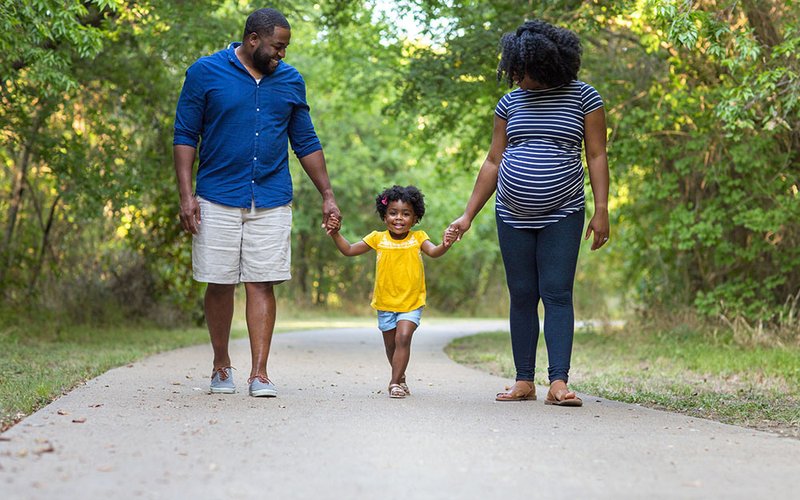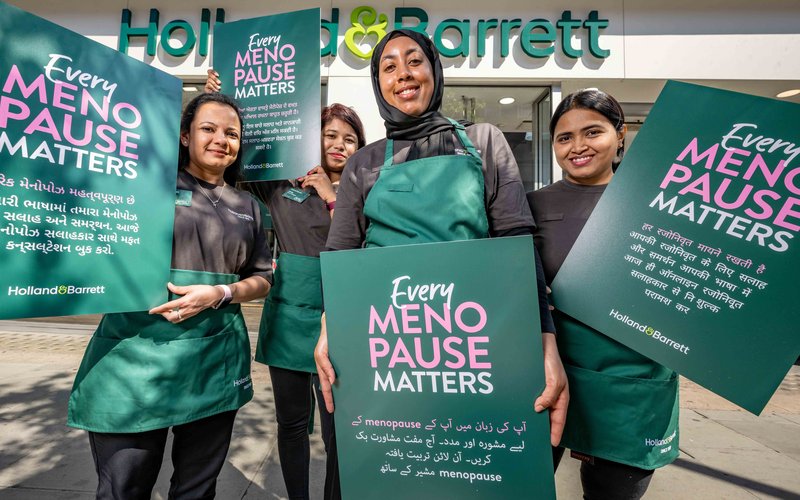Our purpose: why we exist
We’re the women’s health charity saving and changing the lives of women, girls and babies.
From period problems and starting a family, to menopause and gynaecological cancers, we are here for women’s gynaecological and reproductive health.
Each year, millions of women benefit from our research, our campaigns and our health information.
With your help, we’re tackling the taboos surrounding women’s health and striving towards a better future for every woman, girl and baby.
“When we get it right for women, everybody benefits.”
Professor Dame Lesley Regan
Chair of Trustees
Since 1964, we’ve invested more than £68 million in research to transform women’s health and wellbeing.
Many of the tests, treatments and cures we take for granted today started with research that we funded, including the use of ultrasound scanning in pregnancy and the importance of taking folic acid in pregnancy.
Our early research helped to discover the link between HPV and cervical cancer, leading to the first preventative school vaccination programme.
Read our annual report for 2022, 2021 and 2020.
Read about our history.
We’re the women’s health charity saving and changing the lives of women, girls and babies.
Led by women's voices, we improve health and wellbeing through research, education and advocacy.
Women's lives are not limited by their gynaecological and reproductive health.
We exist for all women with representation that is inclusive and diverse, with women informing our areas of impact.

Over the next five years, we’re working towards a world where women’s lives and choices aren’t limited by their gynaecological and reproductive health.

We want a future where every single woman has access to high-quality and accurate healthcare and information